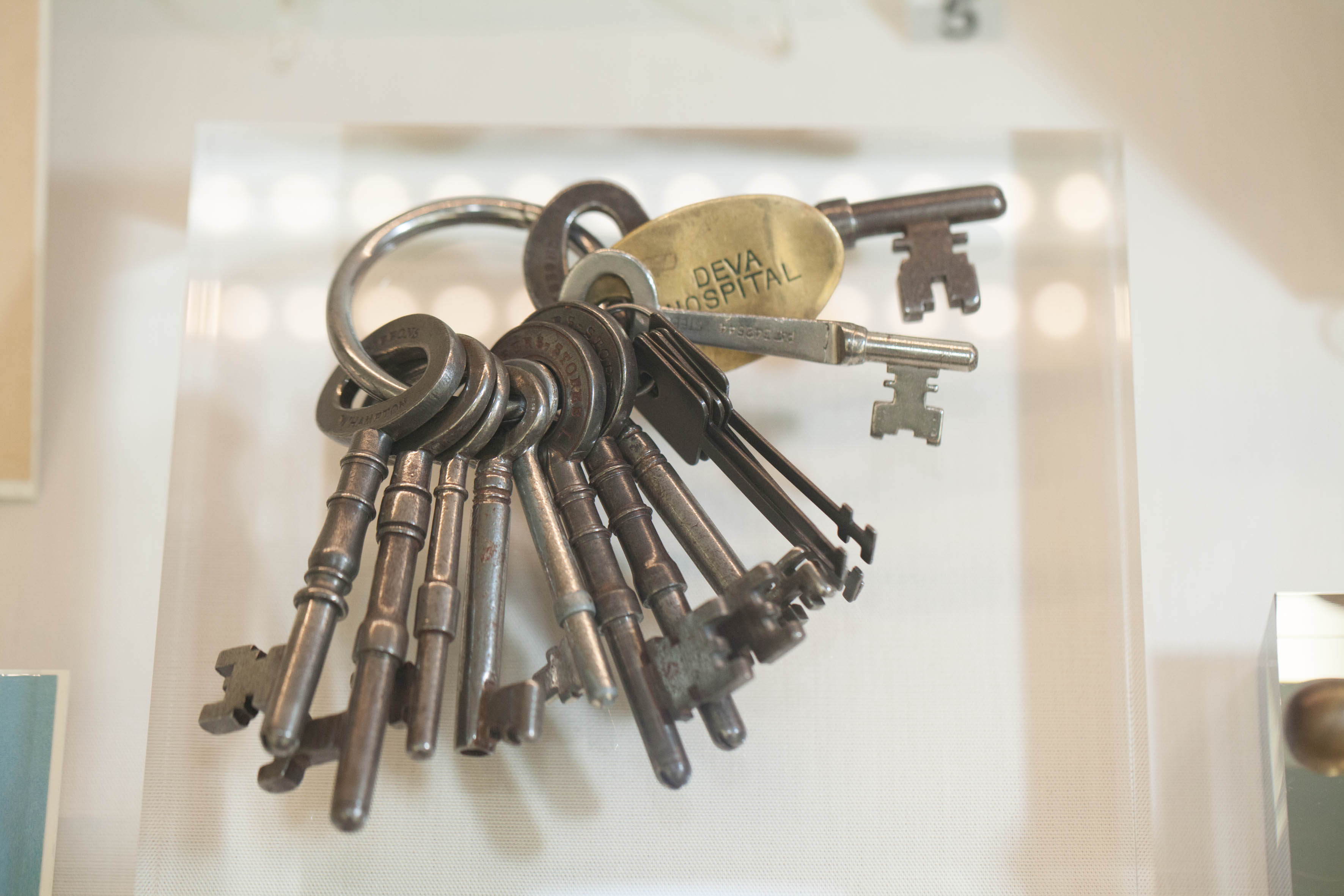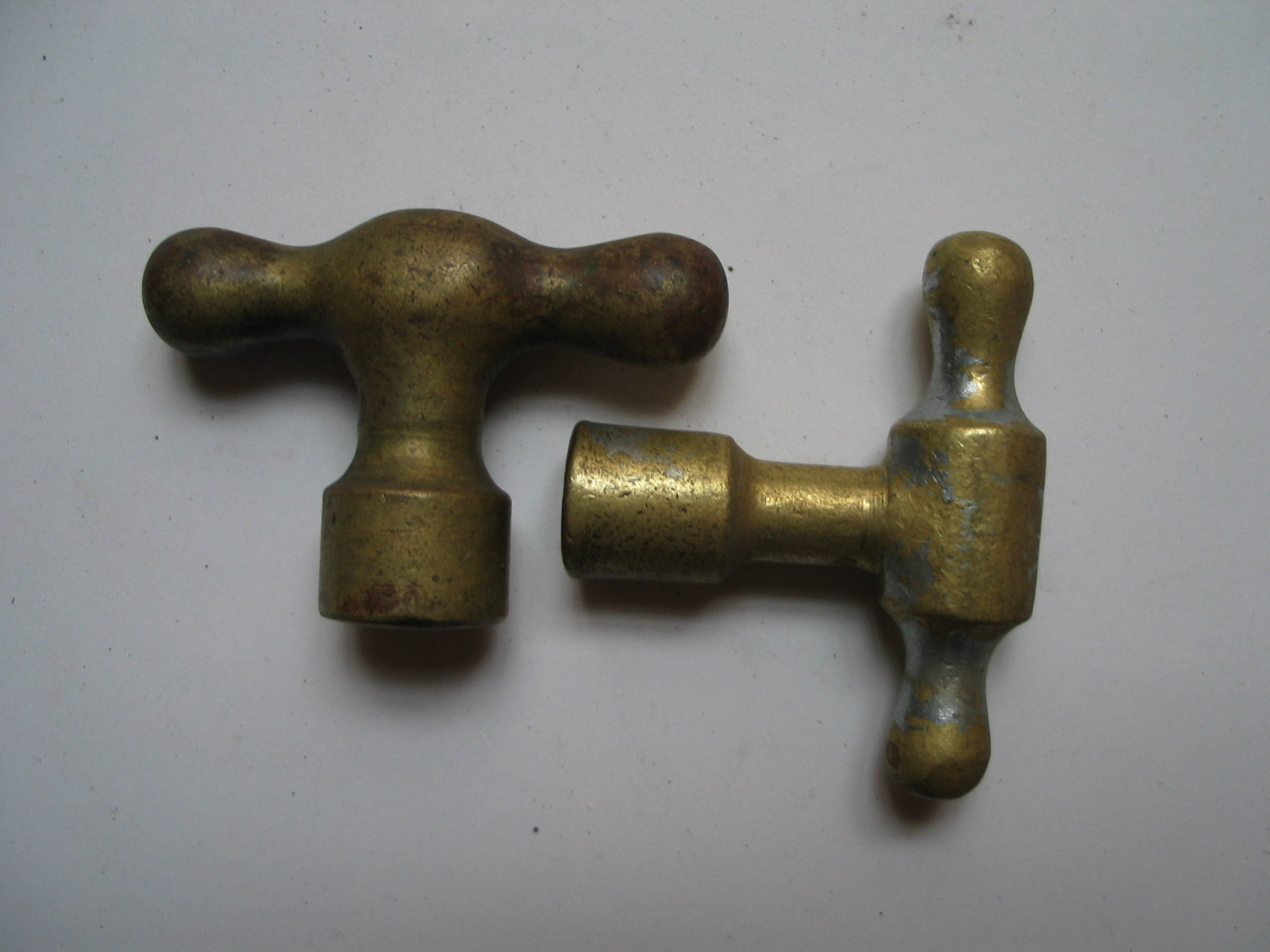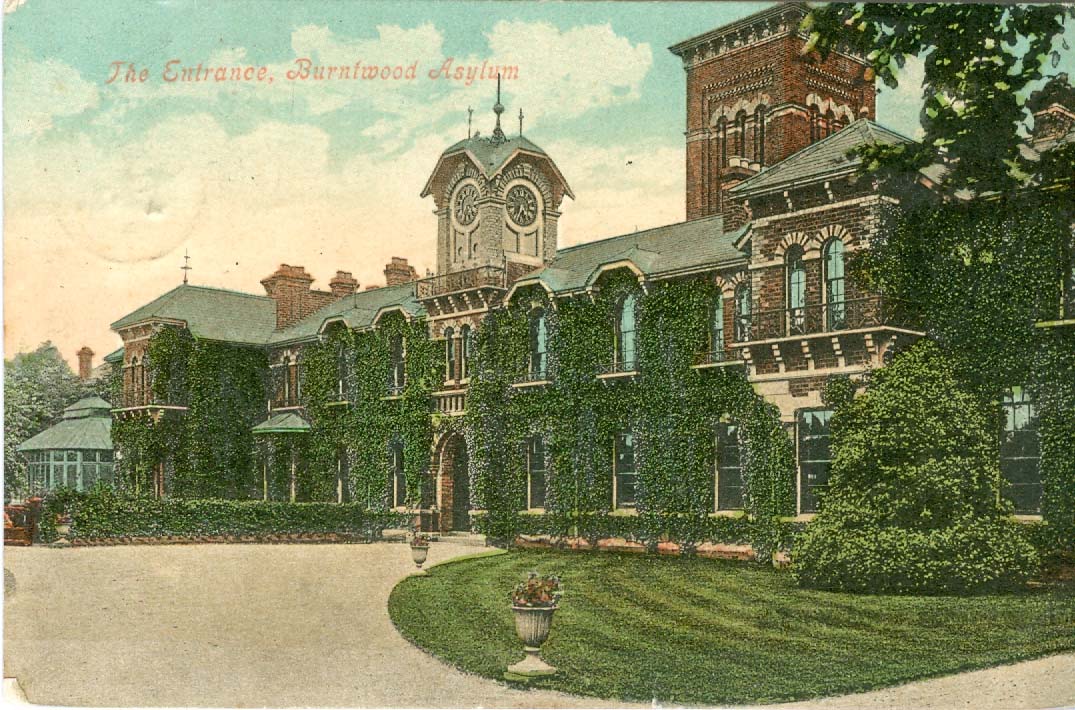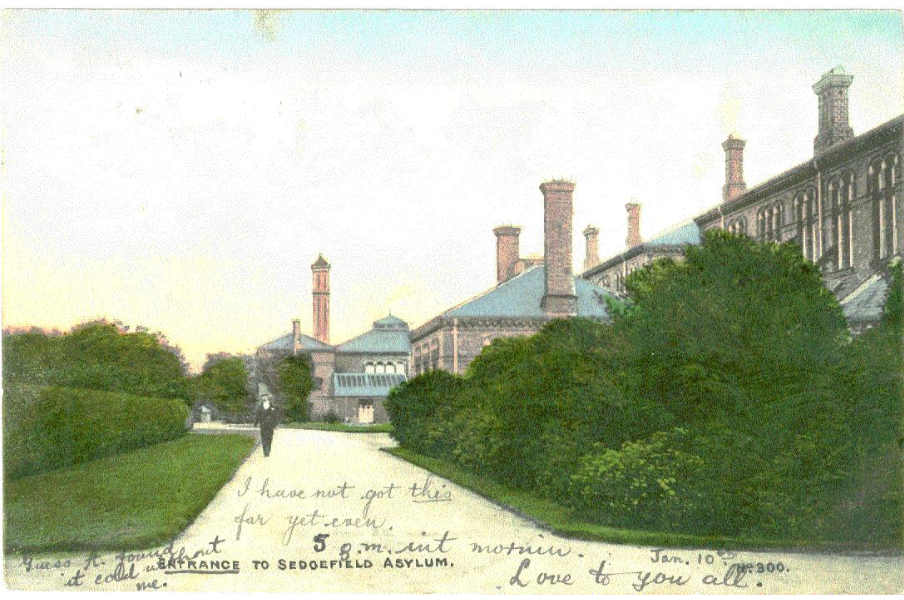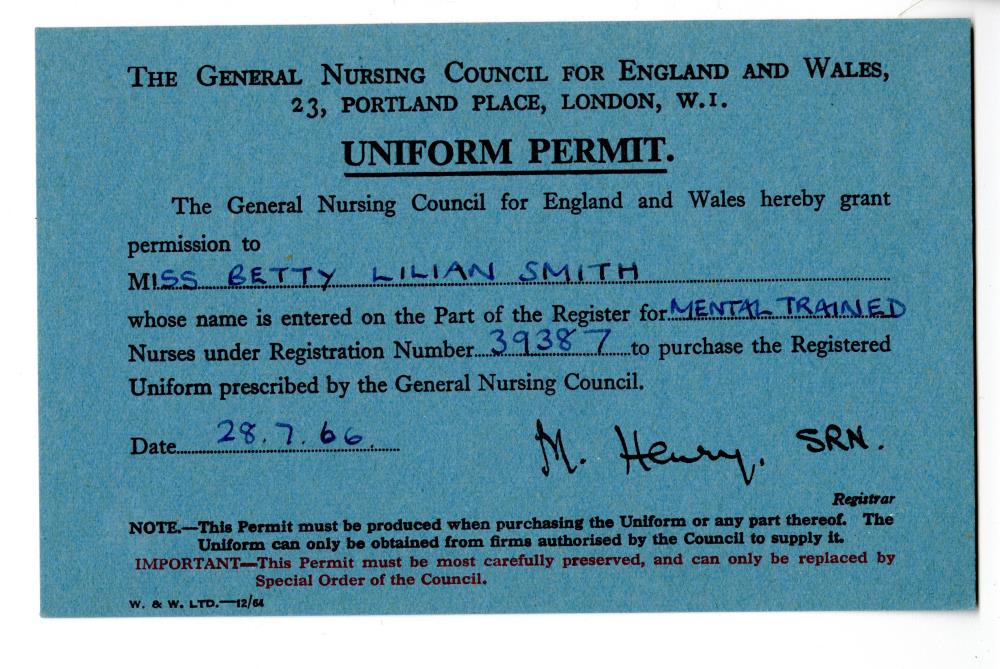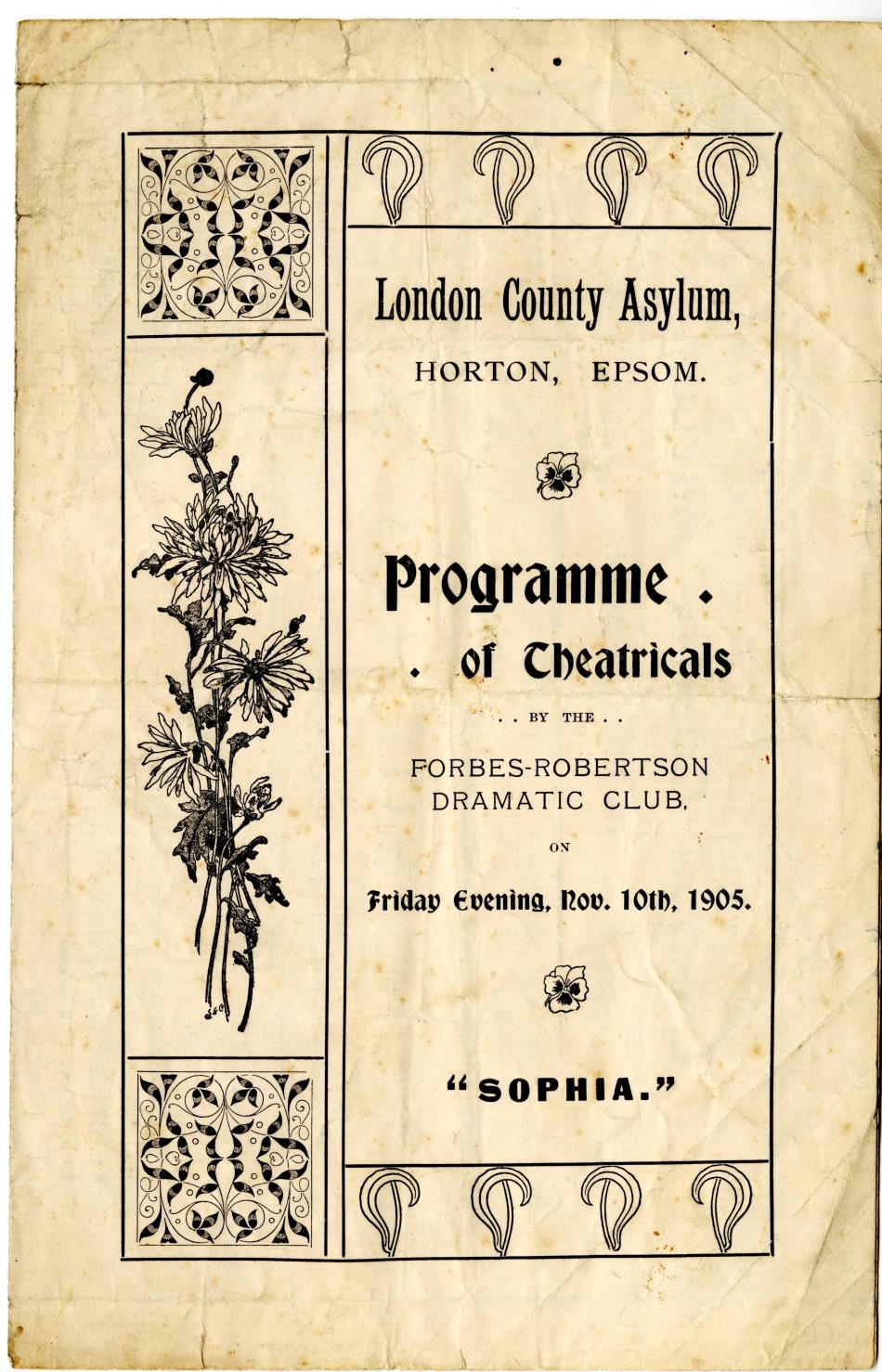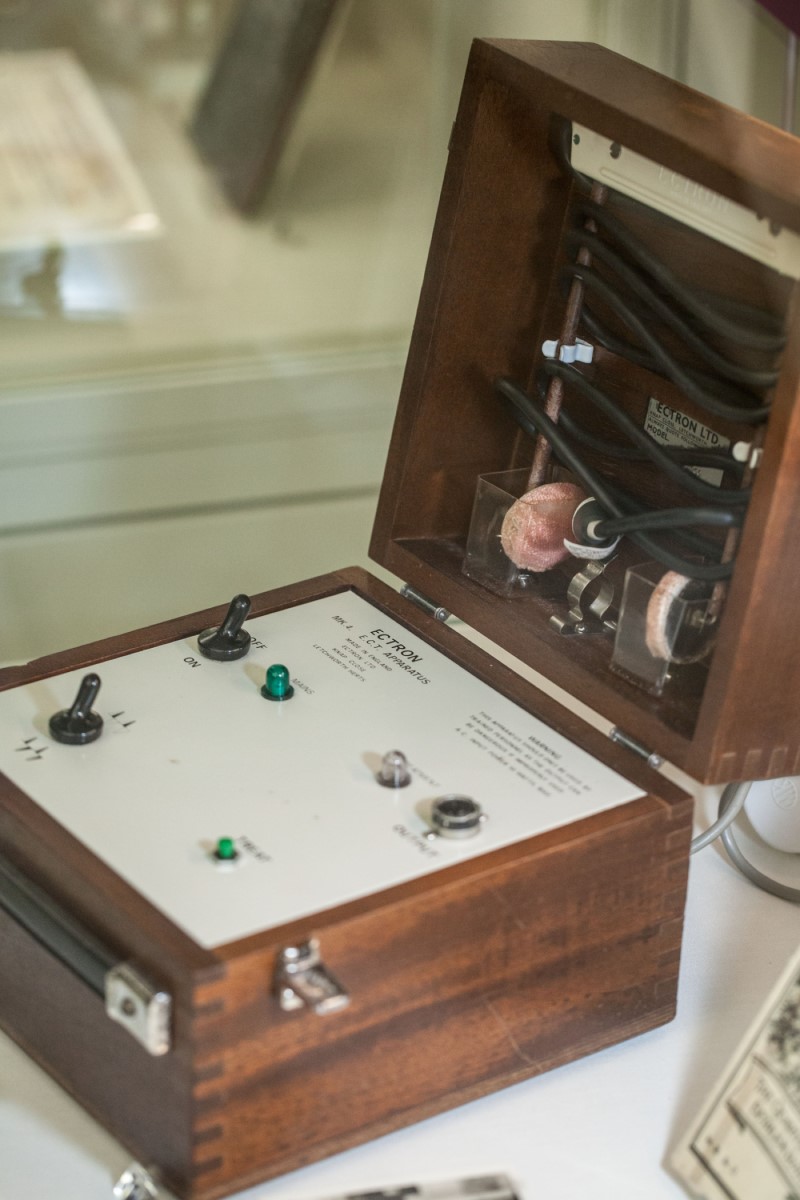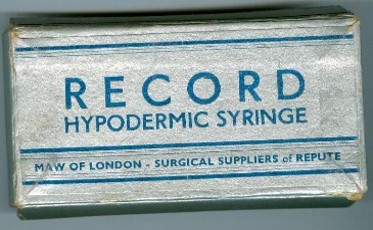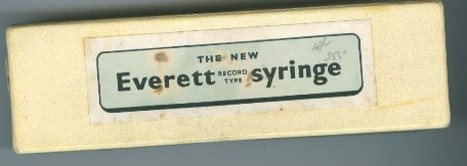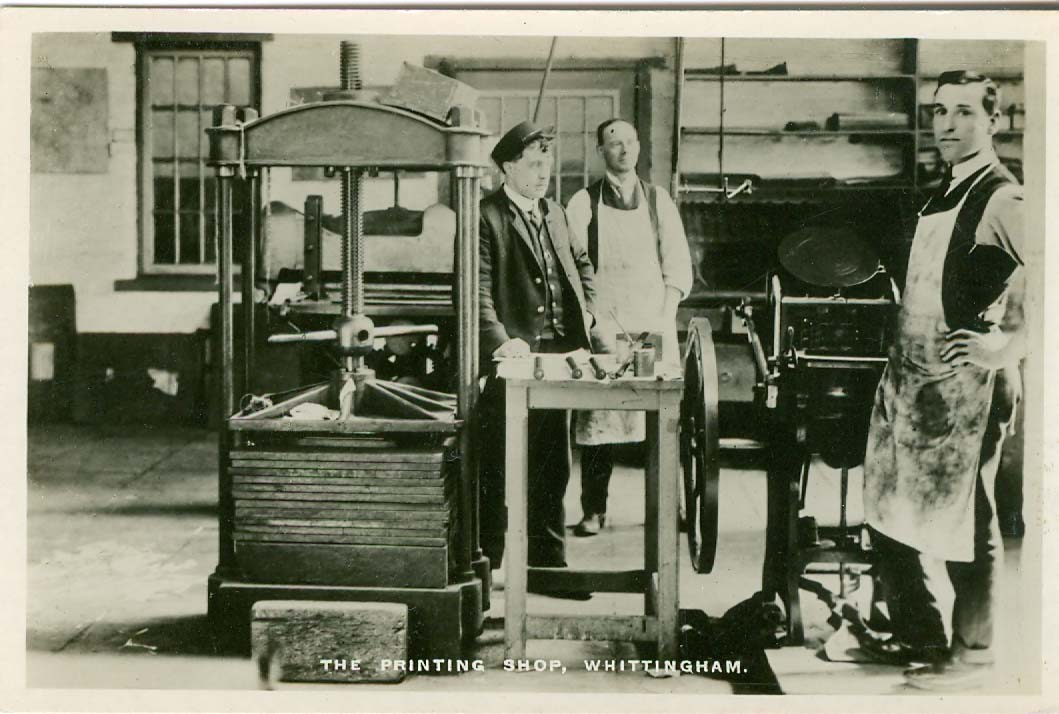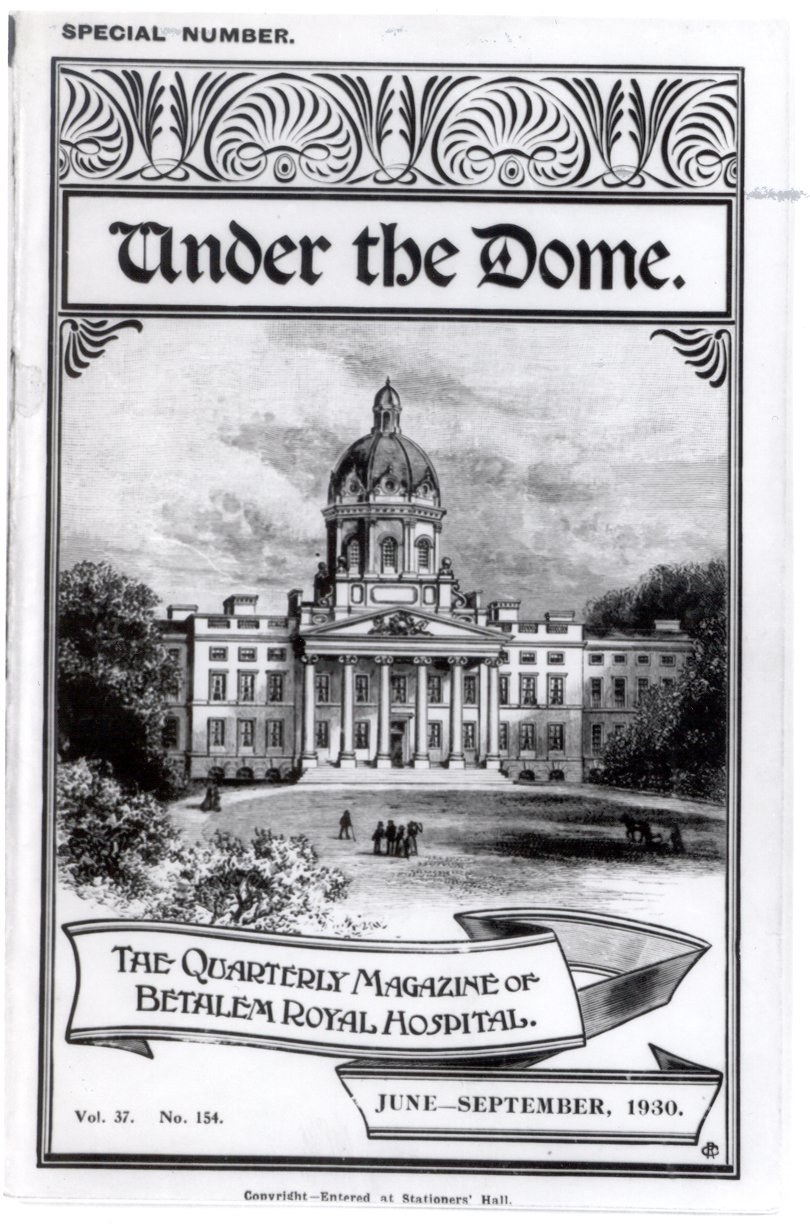Environment
The setting within which mental health nurses work has changed dramatically throughout history. Increasing demand on the smaller ‘madhouses’ of the eighteenth century prompted the building of much larger asylums in the Victorian and Edwardian era. The move to community care from the 1960s has led to many mental health nurses now being based outside hospital walls.
Nursing roles and responsibilities have changed within those different environments. Few mental health nurses now wear uniforms, making their identity badges one of the only visible distinctions between staff and patient.

